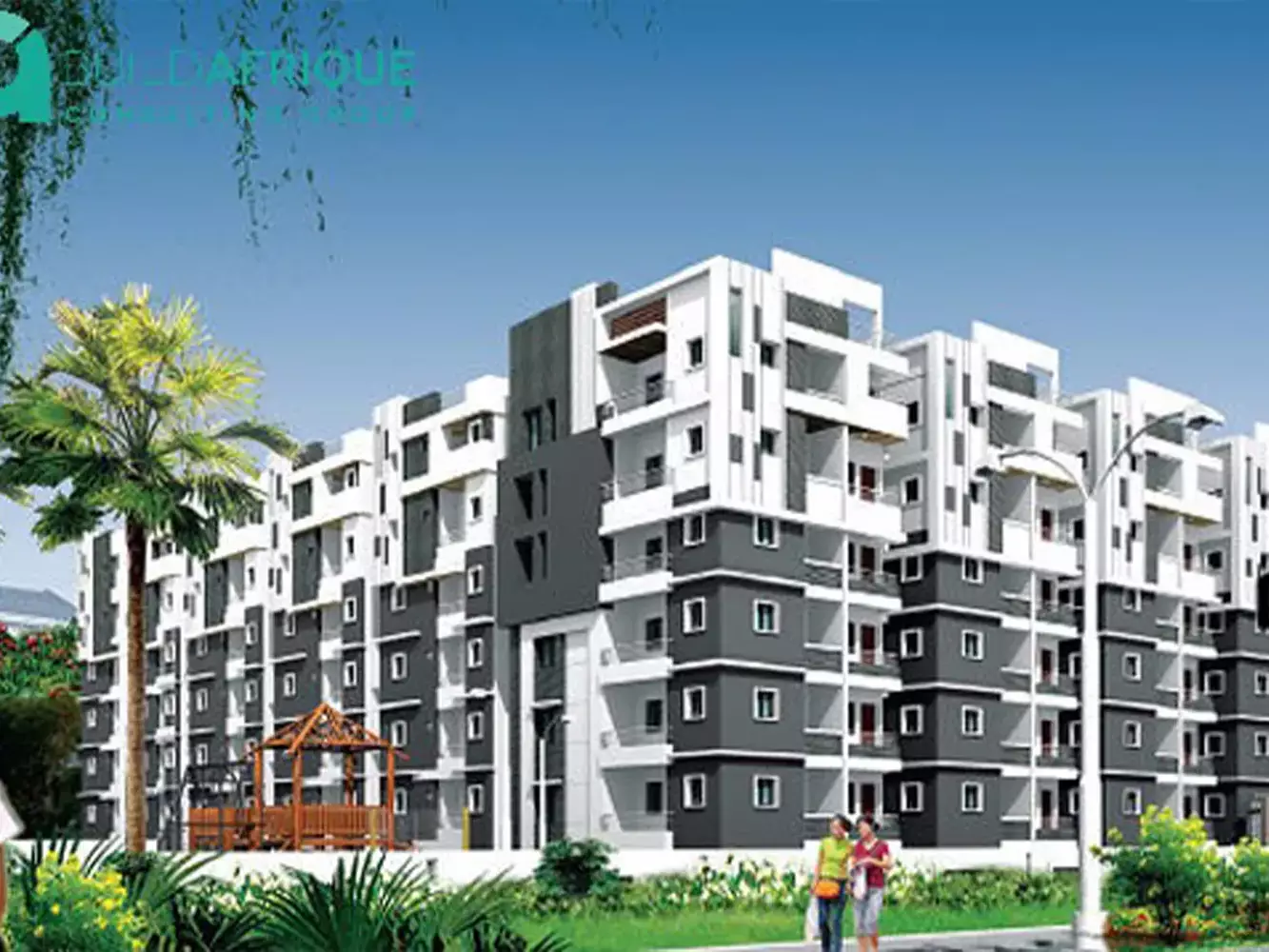Insights
Environmental Impact Assessment (EIA) Experts in Mombasa Kenya – Our Approach to Common Environmental Pitfalls in Mombasa EIA services

Buildafrique Group is an Environmental Impact Assessment (EIA) experts company in Mombasa Kenya that provides environmental management and compliance approvals services for various development projects, including real estate, infrastructure, building, industrial, energy, and recreational. As EIA experts, we conduct thorough evaluations covering ecological, social, and economic factors, ensuring compliance with environmental regulations and fostering sustainable development practices, thereby empowering clients to achieve project success while minimizing ecological impact and safeguarding community health and well-being.
Environmental Impact Assessments (EIA) play a pivotal role in ensuring sustainable development, particularly in coastal regions like Mombasa, Kenya. With rapid urbanization, infrastructure growth, and a delicate ecosystem to consider, Mombasa presents unique challenges that demand thorough and meticulous EIA processes. At Buildafrique, we understand these challenges and have developed a tailored approach to help clients navigate the common pitfalls associated with environmental impact assessment services in the region.
The Importance of Environmental Impact Assessment (EIA) in Mombasa
Mombasa’s environment is diverse, encompassing urban settlements, coastal ecosystems, and protected areas. EIAs in Mombasa are required for various projects including real estate developments, industrial projects, transportation infrastructure, and even smaller land use changes. The goal is to assess how these projects could impact the environment and to propose mitigation measures that balance development with ecological sustainability.
Given Mombasa’s reliance on its marine ecosystems for both tourism and fisheries, any development project that threatens coastal ecosystems must be critically evaluated. Unfortunately, several common pitfalls often hinder the success of environmental impact assessments in this region.
Common Pitfalls in Mombasa’s Environmental Impact Assessment Services
Our insights into common pitfalls in Environmental Impact Assessment (EIA) services help clients avoid critical oversights that can impact project timelines, costs, and compliance, as outlined below:
1. Inadequate Scoping
Many environmental impact assessments in Mombasa fail at the scoping stage. This initial phase is critical for identifying the potential environmental impacts that need to be studied. In some cases, scoping is rushed or not comprehensive enough, leading to incomplete assessments later on. At Buildafrique, we emphasize a thorough scoping process to ensure all relevant environmental, social, and economic factors are identified before proceeding.
2. Insufficient Public Consultation
The Environmental Management and Coordination Act (EMCA) of 1999 mandates public participation as a key component of the environmental impact assessment process. However, public consultation in Mombasa is often inadequately conducted, either due to logistical challenges or poor engagement with local communities. This results in public resistance and delayed development project approvals. Buildafrique’s approach ensures active and transparent stakeholder engagement, fostering better community buy-in and smoother development project implementation.
3. Overlooking Cumulative Impacts
In many cases, environmental impact assessments focus only on the direct impacts of a project, neglecting the cumulative effects that multiple developments may have on Mombasa’s fragile ecosystems. For instance, multiple small developments along the coastline may individually seem insignificant but together could lead to large-scale environmental degradation. We conduct thorough cumulative environmental impact assessments to avoid such oversight.
4. Inadequate Mitigation Measures
Another common pitfall is the failure to propose practical and enforceable mitigation measures. Some environmental impact assessments provide generic or overly ambitious mitigation plans that are either unrealistic or too expensive to implement. Our experts tailor mitigation strategies to the unique circumstances of each development project, ensuring they are feasible and aligned with the client’s budget and resources.
5. Failure to Follow Up on Environmental Management Plans (EMP)
Environmental impact assessments are not just about completing a report; they also involve follow-up actions through Environmental Management Plans (EMP). Unfortunately, in Mombasa, some developers fail to implement these plans post-approval, leading to unmitigated environmental degradation. Buildafrique ensures strict monitoring and follow-up, offering post-project evaluation services to track compliance with EMPs.
Buildafrique’s Tailored Environmental Impact Assessment (EIA) Approach
At Buildafrique, we pride ourselves on a client-centric approach that blends technical expertise with local knowledge. Here’s how we guide clients through the environmental impact assessment process:
- Comprehensive Project Evaluation
Before commencing any environmental impact assessment, our team of experts evaluates the proposed development project’s location, scale, and type to tailor the environmental impact assessment process. Whether it’s a real estate development, infrastructure expansion, or an industrial project, we ensure that every environmental aspect is thoroughly considered.
- Engagement with Local Stakeholders
We recognize the importance of local community involvement, especially in a culturally rich region like Mombasa. Our team works closely with local authorities, community leaders, and other stakeholders to ensure their concerns and inputs are included in the environmental impact assessment process, thereby reducing opposition and fostering smoother development project approvals.
- Sustainable Mitigation Measures
Our approach to mitigation is not just about compliance but ensuring that the measures proposed are sustainable in the long term. From biodiversity conservation strategies to pollution control measures, we help our clients implement solutions that are both practical and environmentally sound.
- Ongoing Monitoring and Compliance
We don’t stop at approval. Our post-project monitoring services ensure that the mitigation measures outlined in the environmental impact assessment are implemented effectively. By offering follow-up environmental audits, we help our clients stay compliant and avoid penalties.
Why Choose Buildafrique for Your Environmental Impact Assessment Needs?
Navigating the complexities of the environmental impact assessment process in Mombasa requires both technical expertise and a deep understanding of the local environmental and regulatory landscape. At Buildafrique, our team of environmental impact assessment experts is equipped to help you avoid common pitfalls and ensure your development project not only complies with regulatory requirements but also contributes to the sustainable development of Mombasa.
With our tailored approach, you can be rest assured that your development project will meet the highest environmental standards, avoiding costly delays and ensuring a positive relationship with local communities and authorities. Contact us today to discuss how we can support your environmental impact assessment needs for your next development project in Mombasa.
Get Started
Would you like assistance in taking the next step? You can get started by tapping into below actions.
You can also learn more about our Environmental Impact Assessment (EIA) and Management solution by visiting our website Solutions Page through the link below.
Environmental Impact Assessment (EIA) & ManagementRelated
Insights
Real Estate and Construction Feasibility Studies Consultant In Kenya
Buildafrique is a Real Estate and Construction Feasibility Studies Consultant in Kenya…
Feasibility Studies, Financial Analyst, and Real Estate Market Research Company In Kenya
Buildafrique is a Financial Feasibility Studies Company in Kenya and a Real Estate Market…






